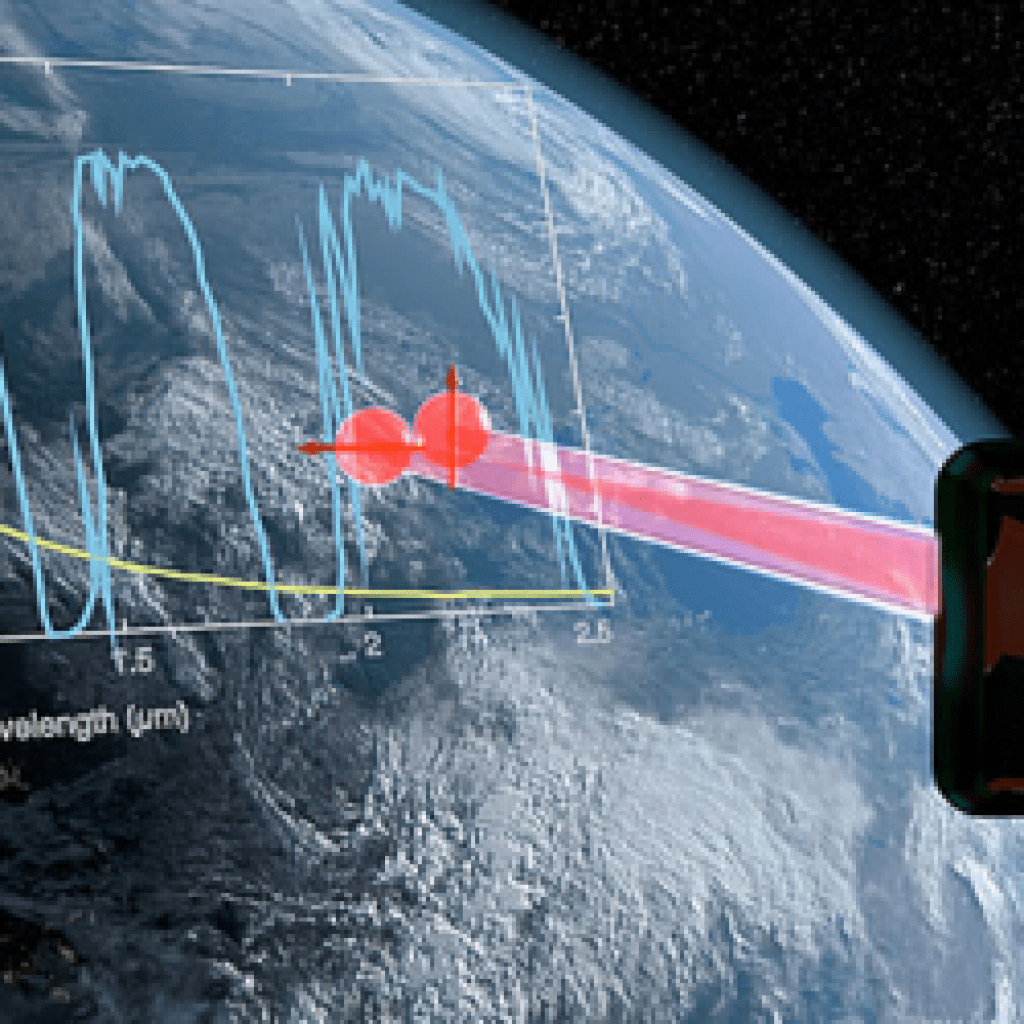(LaserFocusWorld) Satellite-based quantum key distribution systems using a 2.1 μm light wavelength are less susceptible to solar background radiation and atmospheric absorption.
A 15-member research team from the UK, Germany, and Japan has developed a new method for generating and detecting quantum-entangled photons at a wavelength of 2.1 μm.1 Entangled photons are used in encryption methods such as quantum key distribution to completely secure telecommunications between two partners against eavesdropping attempts.
Until now, it has been only technically possible to implement such encryption mechanisms with entangled photons in the near-infrared range of 700 to 1550 nm.
For their experiment, the researchers used a lithium niobate nonlinear crystal. They sent ultrashort laser pulses into the crystal; a nonlinear optical interaction produced the entangled photon pairs with the new wavelength of 2.1 μm. The next crucial step will be to miniaturize this system by converting it into photonic integrated devices, making it suitable for mass production and for use in other application scenarios.
Quantum-Entangled Photons at 2.1 μm Wavelength Are Superior for Space-to-Earth Communications
